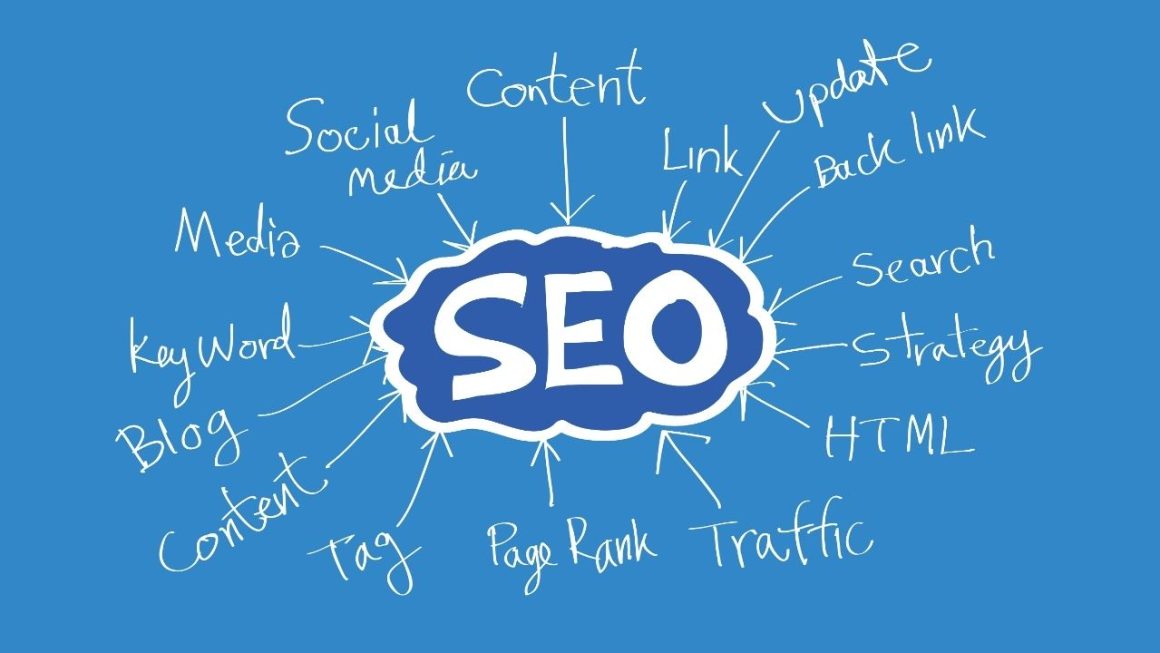Because even minor variations can have a significant influence on a company’s bottom line, B2B website leaders are continuously striving to improve. Digital marketing course malaysia is getting important these days.
Major undertakings, such as a website redesign, can occasionally provide opportunity for improvement. Market leaders, on the other hand, understand that crucial opportunities can be identified in the interim between redesigns, when optimization can focus on site performance KPIs and, most importantly, lead generation.
The goal is to keep track of how b2b buyers engage with your site on a broad and deep level, ensuring that value is maximised on every page.
Customer dead ends can be reduced, resulting in a higher conversion rate.
It’s not uncommon for a B2B marketer or executive to approach a web design project with limitations on how deep the update would go into the website. These limitations can be financial, but they often stem from a limited vision of the value proposition and total client experience.
Leaders in digital marketing recognise the value lost when a consumer journey comes to a halt. It signifies user annoyance – a waste of time for the user – as well as a missed opportunity to establish a positive relationship and move forward in the buying process.
There are four B2B website landing pages that are usually the first to be cut from a website design project and are frequently forgotten. These pages frequently serve as a dead end for users, resulting in an increase in bounce rate metrics. They represent a chance for the astute B2B marketer to recognise unrealized benefits.
Better Search Results Means a Higher Conversion Rate
A B2B company should consider search results in two ways: inbound results from an external search, such as a user discovering a landing page on Google, and internal search results, such as a prospect seeking extra information from and about your B2B company.
External search landing pages are frequently in the top 20 B2B landing pages, and so represent a significant optimization potential. While an underserved page returns only content relevant to the topic, an optimised page presents readers with links to compelling content marketing – maybe the most appealing content on the website — to aid their trip and avoid dead ends.
Internal search result pages are also worth paying attention to. Aside from ensuring that some sort of follow-up step is accessible, B2B marketing teams can also build content marketing that goes beyond the basics and provides users with something more meaningful about the company.
Aside from actionable next steps and effective content adjacency, search results should ensure that the most effective, related content is prioritised. When these strategies are used together, they provide the best experience for users and prospects, as well as the best outcomes for your company.
Replacing Dead Ends With Next Steps on the 404 Page
In an ideal world of design and technology, no business website would ever send a prospect or user a page-not-found notice. However, due to a design defect, a technical error, or some other reason, some users will almost certainly make their way to your 404 page.
Even so, a technological dead-end does not have to be a potential customer’s dead-end.
Some B2B organisations use this chance to communicate their brand voice in a humorous way, which can delight consumers, but the most important thing is to give them with a path ahead. This might be content promoting the website’s most recent blog entries, product updates, or perhaps a site map with some tips on how to approach it. Each of these could be a crucial step in bringing a user further in the buying process.
The Thank You Page: Gratitude and a Plan for the Future
Most businesses consider the page that appears after a prospect completes a form submission to be the completion of a goal. A web-based result that took a lot of planning and execution to achieve.
However, completing a single form should not be interpreted as the end of a website’s relationship with a prospect or client, and the thank you is an excellent place to start laying the basis for that continuance.
A potential customer should receive details on expected next steps after submitting contact information, such as when to expect a response. Depending on the setting, additional information such as case studies or insights may be useful to present.
However, just because your website has resulted in a win for your company doesn’t mean your relationship with a potential client can’t continue. Following the submission of contact information, each potential customer contact should be provided instructions on what to anticipate next, such as when to expect a response from your company.
Additional material, such as case studies or insights, may be surfaced depending on where the contact form was completed.
A Crucial Visitor Destination: The Contact Us Page
For B2B customers, the Contact Us page is crucial — it’s where they go to get in touch with you. In some ways, it appears that the design could not be simpler. Nonetheless, it is critical to pay close attention to the details.
A Contact Us landing page is an opportunity to continue a dialogue with a visitor who is going to become a prospect, in addition to providing the fundamentals like address and location, phone numbers, and so on.
The objective, once again, is to locate the optimal content adjacency play for your company. There may be an opportunity to carry along additional resources that were surfaced earlier in the trip if a general contact form is in use.
Users may welcome FAQs and knowledge bases that direct them further into the site to locate other options if a support contact form is involved.





